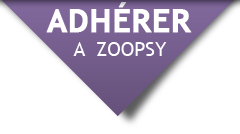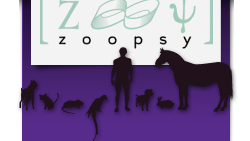| |
Clinical evaluation of the effects of a single oral dose of gabapentin on fear-based aggressive behaviors in cats during veterinary examinations
Marie Kruszka, Edith Graff, Tiphaine Medam, Sylvia Masson
Revue : Journal of the American Veterinary Medical Association
OBJECTIVE
To investigate the effects of a single oral dose of gabapentin on fear-based aggressive behaviors (FABs) in cats during veterinary examinations.
ANIMALS
55 healthy pet cats (26 with and 29 without a history of FAB during veterinary visits [FAB and untreated control groups, respectively]).
PROCEDURES
A standardized 9-step clinical examination protocol (with patient compliance scored from 0 to 9 according to the highest completed step) was tested on untreated control group cats. The protocol was then used in a double-blind, randomized, placebo-controlled, crossover-design trial in which FAB-group cats received owner-administered gabapentin (100 or 200 mg/cat) or placebo capsules 2 hours before the first of 2 veterinary visits and received the alternate treatment before the second visit ≥ 1 day later. Ease of administration (scored from 1 [very difficult] to 4 [very easy]) and adverse effects were recorded. Compliance scores were compared between treatments for the FAB group and between FAB and untreated control groups. Changes in scores between treatments for the FAB group were used to investigate associations between selected variables and the outcome of interest.
RESULTS
FAB group compliance scores after gabapentin administration (median, 9; range, 0 to 9) were significantly higher than scores after placebo administration (median 0.5; range, 0 to 7) and did not differ from scores for the untreated control group. Owner scores indicated capsule administration was easy. Adverse effects (most commonly drowsiness, myorelaxation, and ataxia) resolved ≤ 10 hours after detection.
CONCLUSIONS AND CLINICAL RELEVANCE
Results suggested oral administration of gabapentin to cats 2 hours before a veterinary visit can reduce FAB during physical examination, enabling more complete evaluation.

JAVMA, December 01, 2021, Vol. 259, No. 11
Lien
|
|



